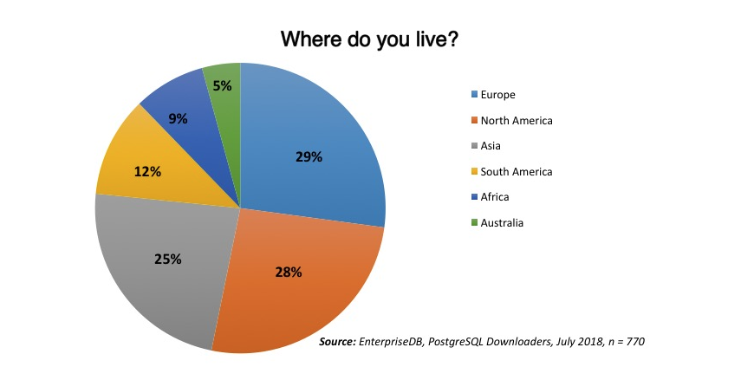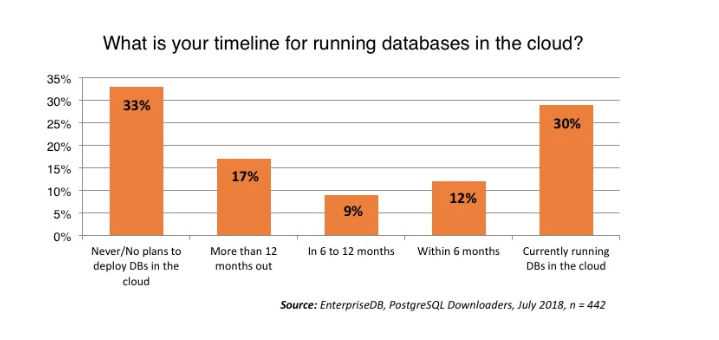 Contributed by Ken Rugg
Contributed by Ken Rugg
There is a lot of excitement around today’s release of PostgreSQL 11 – the big annual software update that represents the combined efforts of everyone in the community. EnterpriseDB is proud to sponsor and work with the best and brightest of the PostgreSQL community, and we are thrilled with the advancements made in this release. That huge community combining talents is precisely why PostgreSQL maintains such a strong position among database management systems.
You can have a look at the PostgreSQL 11 news release for a view of what’s new. You’ll see a quote in the release from Bruce Momjian, EDB senior database architect and a co-founder and core team member of the PostgreSQL Global Development Group, in which he highlights the technology leadership of the PostgreSQL database management system to support new workloads, such as big data and data warehouses.
Bruce has made a presentation about the new PostgreSQL 11 available that provides an overview of the major features. Want your queries to run faster? Significant features have been added in the areas of partitioning, parallelism and just-in-time (JIT) compilation.
Postgres has long been the most general purpose database. All the innovation going on within the development community further extends this position to handle workloads that weren’t even conceived of at the time that Postgres was invented. Bruce discusses these developments in his presentation, Will Postgres Live Forever?, and offers some interesting insights into the future.
Will Postgres Live Forever? from EDB SlideShare
We have been excited to observe these developments as well and that motivated us to gather some information on where all this Postgres is running. With more than 30 years of development of this much loved database, we recently did a survey of those downloading PostgreSQL from our website. We got more than 1,000 respondents and learned a bit about where PostgreSQL is being used.
First, we were interested to learn where in the world people were coming from and we found a nice geographic representation of PostgreSQL downloaders across the globe.

We then asked, what is your timeline for running databases in the cloud? Interestingly, the split between the extremes of “never” and “currently” were both around the 30% mark. For those “planning” it came around a similar 35% (when adding more than 12 months, in 6-12 months and near-term within 6 months). That points out PostgreSQL downloaders have a need to run Postgres everywhere – the on-premises data center, private or public cloud computing platform.

What does all of this tell us and how does it relate to the new PostgreSQL 11? It clearly shows the popularity of Postgres among enterprises around the world for both on-premises and in the cloud. It tells us that PostgreSQL development is headed down the path of emerging workload requirements as Bruce suggested in his comments about PostgreSQL 11. And, it leads us to think, just like Bruce, that it’s possible that Postgres will live forever, so lets turn it up to 11!!
